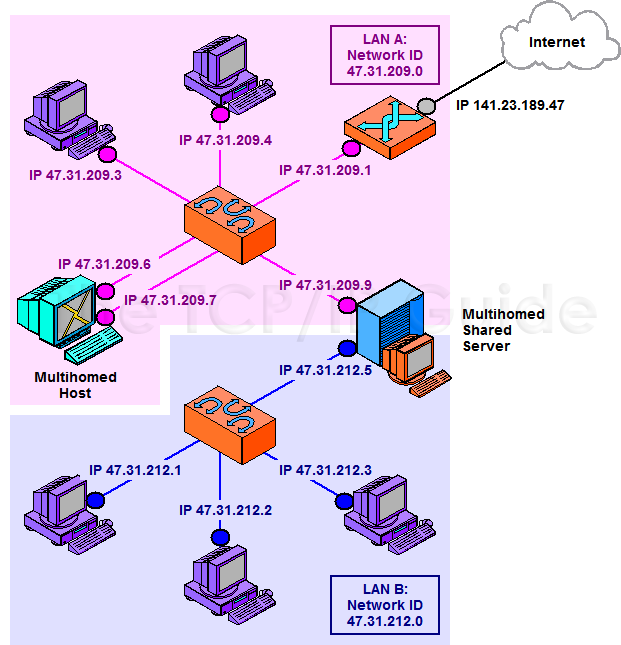 |
|
Please Whitelist This Site?
I know everyone hates ads. But please understand that I am providing premium content for free that takes hundreds of hours of time to research and write. I don't want to go to a pay-only model like some sites, but when more and more people block ads, I end up working for free. And I have a family to support, just like you. :)
If you like The TCP/IP Guide, please consider the download version. It's priced very economically and you can read all of it in a convenient format without ads.
If you want to use this site for free, I'd be grateful if you could add the site to the whitelist for Adblock. To do so, just open the Adblock menu and select "Disable on tcpipguide.com". Or go to the Tools menu and select "Adblock Plus Preferences...". Then click "Add Filter..." at the bottom, and add this string: "@@||tcpipguide.com^$document". Then just click OK.
Thanks for your understanding!
Sincerely, Charles Kozierok
Author and Publisher, The TCP/IP Guide
|
|
|

Custom Search
|
|
Number of IP Addresses and Multihoming
(Page 1 of 2)
Each network interface on an IP internetwork has a separate IP address. In a classical network, each regular computer, usually called a host, attaches to the network in exactly only one place, so it will have only one IP address. This is what most of us are familiar with when using an IP network (and is also why most people use the term “host” when they really mean “network interface”.)
If a device has more than one interface to the internetwork, it will have more than one IP address. The most obvious case where this occurs is with routers, which connect together different networks and thus must have an IP address for the interface on each one. It is also possible for hosts to have more than one IP address, however. Such a device is sometimes said to be multihomed.
There are two ways that a host can be multihomed:
- Two Or More Interfaces To The Same Network:
Devices such as servers or high-powered workstations may be equipped
with two physical interfaces to the same network for performance and/or
reliability reasons. They will have two IP addresses on the same network
with the same network ID.
- Interfaces To Two Or More Different Networks: Devices may have multiple interfaces to different networks. The IP addresses will typically have different network IDs in them.
Figure 59 shows examples of both types of multihomed device. Of course, these could be combined, with a host having two connections to one network and a third to another network. There are also some other “special cases”, such as a host with a single network connection having multiple IP address aliases.
|
|
|
| |||||||||||||||||||
Home - Table Of Contents - Contact Us
The TCP/IP Guide (http://www.TCPIPGuide.com)
Version 3.0 - Version Date: September 20, 2005
© Copyright 2001-2005 Charles M. Kozierok. All Rights Reserved.
Not responsible for any loss resulting from the use of this site.








 Note: When subnetting is used the same distinction can be made between multihoming to the same subnet or a different subnet.
Note: When subnetting is used the same distinction can be made between multihoming to the same subnet or a different subnet.